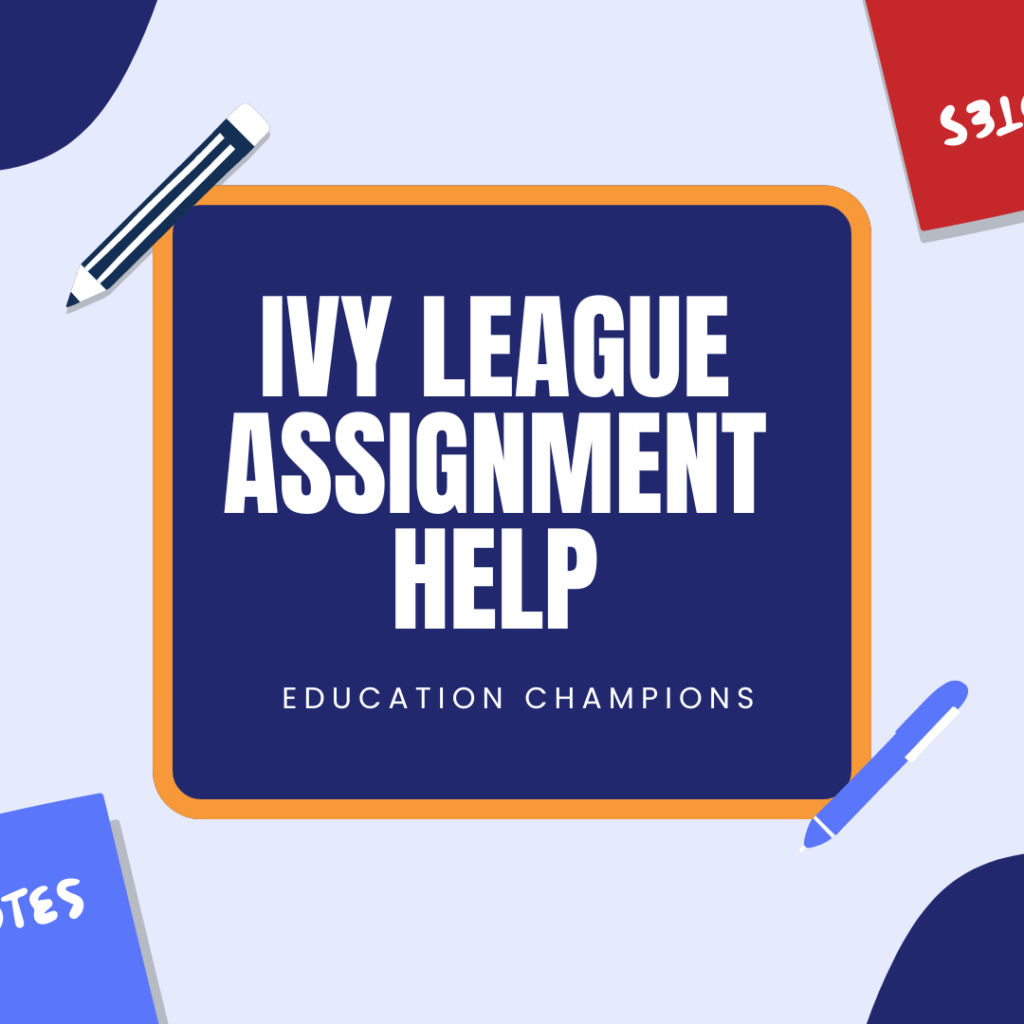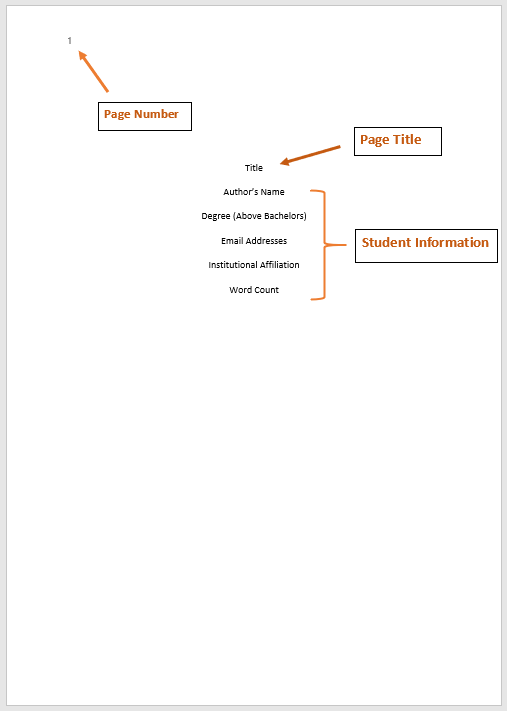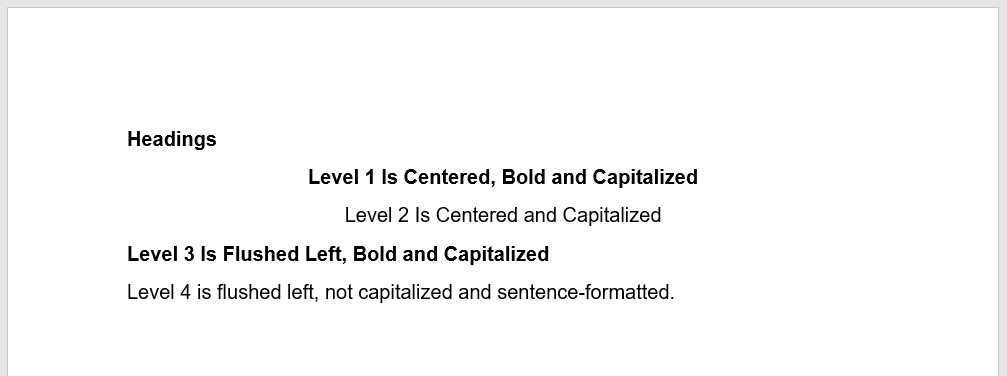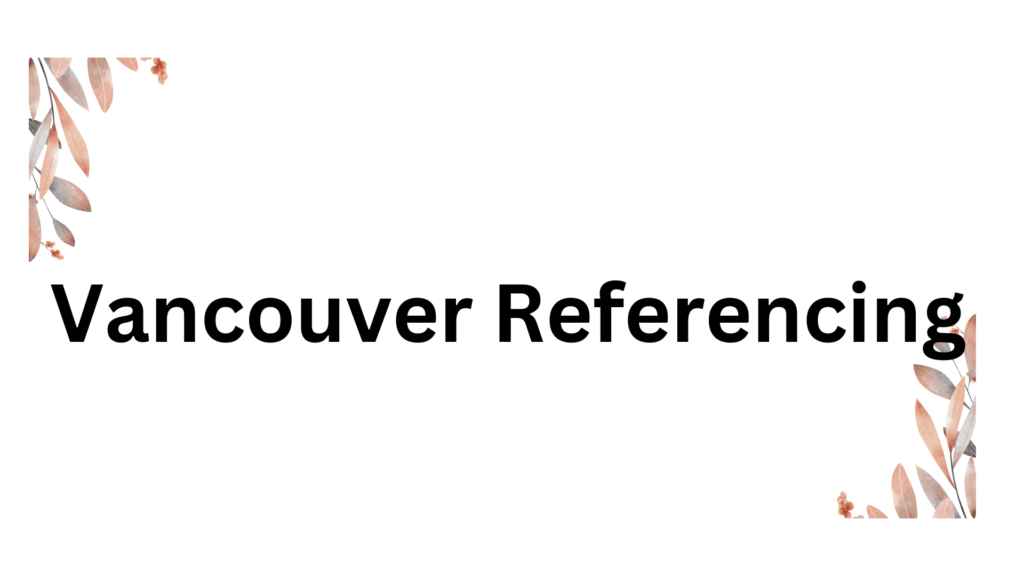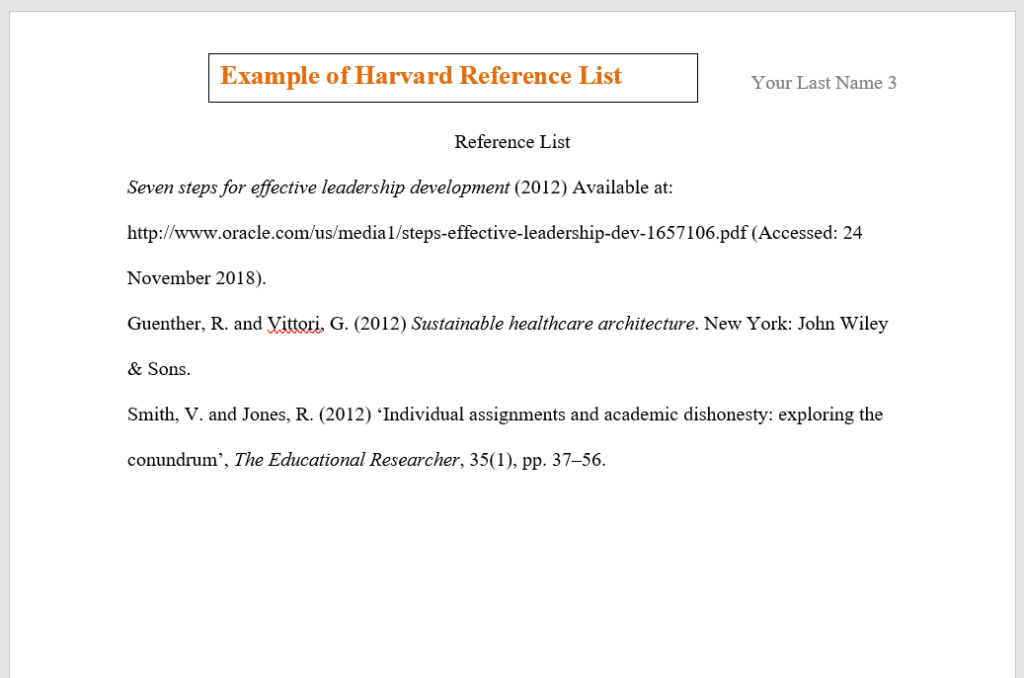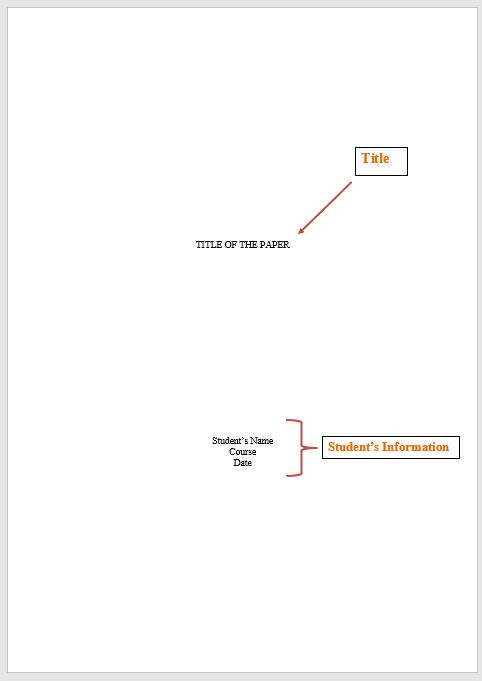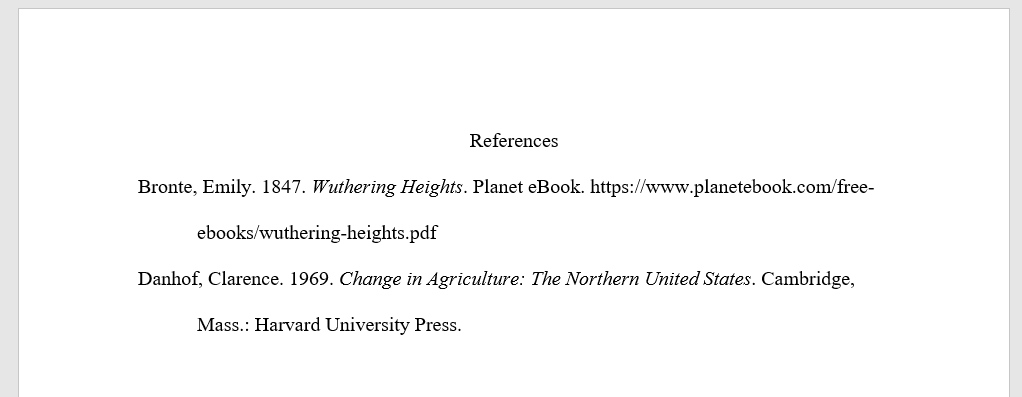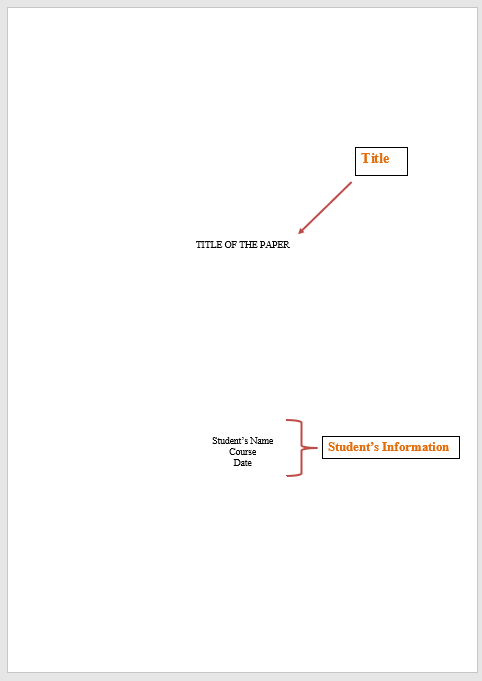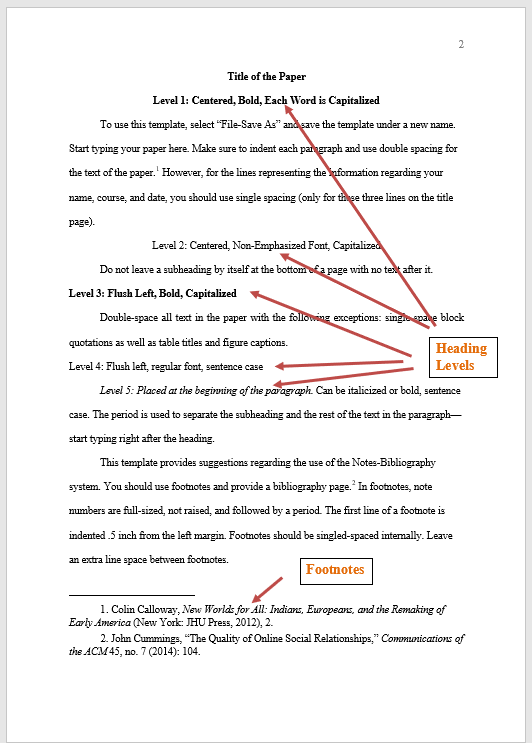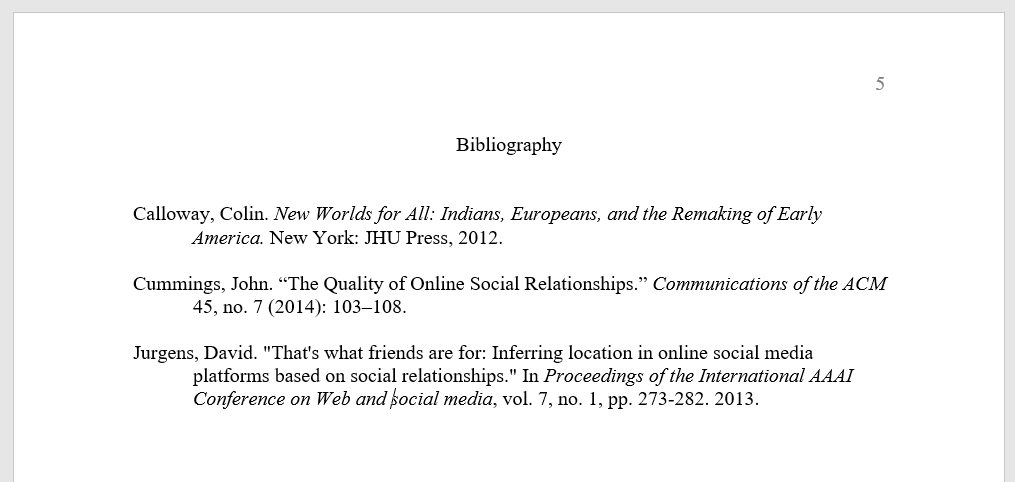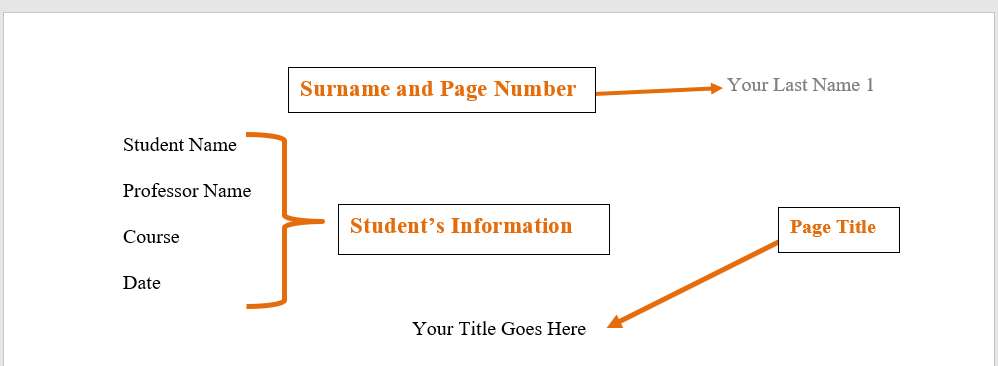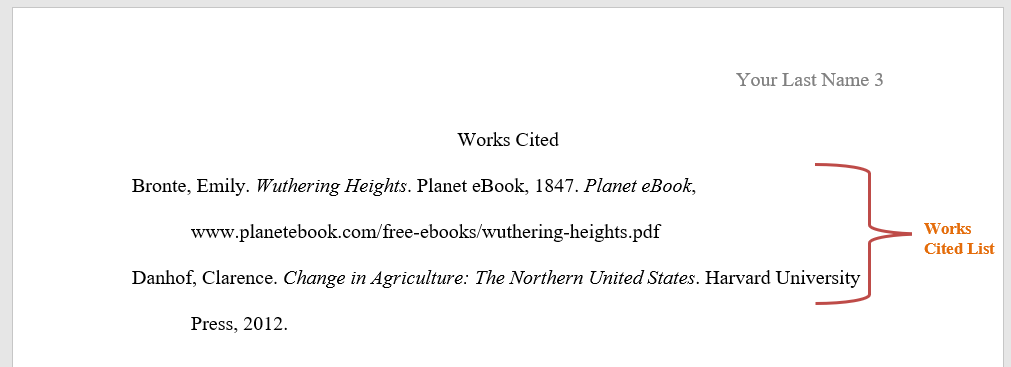Introduction
Literature has consistently mirrored society, with the latter serving as the fundamental source of topics and storylines that constitute a work of art. This essay examines the roles of literature in society and demonstrates the mutually beneficial relationship between the two. Each piece of artwork assumes a duty to uphold the continuation of society; thus, it is justifiable to assert that such work embodies an ideology. The expression of art is influenced by the aesthetic principles established by the culture of a particular society.

Literature and Society – Two Sides of a Coin
Literature and society are two sides of a coin. The survival of literature depends on the society and vice versa. Literature relies on society for the raw materials to develop itself into a readable subject, while society relies on literature for its survival, politically, morally, aesthetically, and socially. This is important because a society can get a feel of its existence in how it is mirrored in the literature that emanates from such a society. Consequently, there is a kind of interconnectedness between literature and society.
Literature, on the one hand, could mean pieces of writing or printed information on a particular subject, such as we have in our newspapers or magazines on politics, economy, science and technology, commerce, religion or literature as we have it in the school curriculum. On the other hand, literature could be defined, according to Cuddon (1999) as a vogue term that usually denotes works that belong to the major genres: epic, drama, lyric, novel, short story, and ode (472).
From this perspective, we know that literature, especially creative literature, is any piece of writing qualified to be regarded as a work of art that exists in the genre and subgenre expressed above. However, literature in the latter perspective engages our focus in this discussion. Literature, in this sense, is an imaginary artistic creation of a particular author, playwright, or poet. It is an essential part of our everyday life designed to mirror life. Literature, as a discipline, is divided into three distinct genres: prose, poetry, and drama.
Being an imaginative composition, literature is unlike other disciplines, most especially the sciences, where the subject matter and result of a particular topic and equation remain constant, with or without reference to the time and place of discussion and persons involved in the exercise. Literature can be discussed and analyzed by two or more people, and the end result could be totally different. This is because experience matters a lot in literature. The richness of a person’s experience influences his capability in writing and speaking. For example, Wole Soyinka’s treatment of “Abiku” differs from that of J.P. Clark, even though the two literary giants wrote on the same subject matter but from different perspectives. Essentially, literature mirrors our society; it serves as a reminder of events and issues. This is particularly useful for record purposes and for the benefit of future generations. (Adeseke 2007:7)
Functions of Literature
Apart from providing entertainment for the readers, literature also educates its readers by engaging them in moral discussions that will benefit them and culminate in a better society. Osofisan (2000: vi.) believes that literature has a richer purpose other than entertainment in society. Literature helps its reader or consumers to be more felicitous and more fulfilled in life.
The ills of society are exposed through literature, and if readers had been able to inculcate a reasonable level of morals, society would have been a better place. The essence of any work of art is to affect the society from which it emanates positively. Lukinn (1980:109) compares art to science and philosophy, showing how art (literature) can exert powerfully on our thoughts and conscience. Lukinn posits thus:
Together with science, art is a means of knowing the multiplicity of reality; together with philosophy, it expresses the world – the outlook of the author, concentrating on the problem of man; together with ethics, art solves moral problems. In other words, art is capable of penetrating all spheres of human thought, thus exerting an enormous ideological influence on the life of society. (Emphasis mine)
In Diyanni’s words, “the literary works we read carefully will become a meaningful part of our lives, absorbed into our storehouse of knowledge and experience to become part of who we are, how we know and what we feel” (2004:10). Literature, therefore, can improve our cosmos. Therefore, it is pertinent to our existence. It is essentially relevant to our society “because it takes its root from society and deals with thoughts and situations taken from society” (Awodiya 1993: 21).
Literature also preserves and propagates our culture. It preserves the mores, myths, proverbs, idioms, dressing and other essentials that make up a society for the benefit of future generation. This, in most cases, is important for the survival of such society. For students, reading and writing on literature improves their thinking and writing ability.
Students can also develop creative ability in any of the three genres of literature, thereby trying their hands on any of them to the extent of publishing such works before graduating and such dexterity will enhance their performance in other subjects, especially in the humanities.
Literature is equally used to project the image of any society. It presents, undilutedly, the realities of society. No wonder then that those countries that care so much about their image, usually censor the works that are exported to other countries. Literature has always been in the forefront of re-branding societies.
Literature, Ideology, and Aesthetics
Ideology and Aesthetics are very germane to literature as they form a part of it. This tallies with Volkova’s view that:
Artistic content includes the ideological, emotional, figurative, aesthetic, concrete, and sensor spheres of meaning specific to art, arranged systematically and integrally. This is the unity of the basic mental figurative components and of the links between them. The principle of the systemic nature of content helps us expose its determining role in relation to artistic form in all art forms and stylistic movements. (1976:283)
Literature is essentially conditioned by ideology. This is evident in how African Literature was conceived at inception. African literature sprouted within a hostile ideological climate. This is reflected in the tone and theme of the literature of that period as it harps so much on the issue of independence. Shortly after independence, it was geared towards saving Africans from the clutches of imperialism. Later, when African leaders became more vociferous than the ousted colonialists, literature was directed towards propagating the dangers inherent in such dastardly acts to Africans and the society at large.
Now that the gulf between the haves and haves-not is widening by the day, literature, through ideological leanings, has also portrayed such happenings and sometimes shows its consequences to the survival of our society. From time immemorial, therefore, literature has always taken on the coloration of its milieu, just like a chameleon.
The issue of ideology has divided African writers into two major schools these are the critical realist and social realist schools. Attention will be given to the latter in our discourse.
Aesthetics, on its part, has been narrowly conceived as an arm of philosophy that deals with beauty and what is beautiful in both art and nature. In our instance, Osborne’s definition will be very appropriate. Osborne defines aesthetics thus:
…aesthetic discussion throughout the present century has in practice been concerned mainly with problems thrown up by the evaluation of work of art, although theoretically, such limitation is not admitted. Perhaps the most generally held view would be that the central core of aesthetics is provided by questions about the nature of aesthetic experience and the grounds of aesthetic judgment. (1972:5)
The above underscores the responsibility of aesthetics toward literature. It, among other things, provides a theoretical base for the evaluation of works of art using empirical objects and styles from historical perspectives. This theoretical thrust gives functional and naturalistic bases as described succinctly by Thomas Mauro, as quoted in The New Encyclopedia Britannica thus:
Art is a skill in making or doing that, which is socially used or intended as a stimulus and guide to satisfactory aesthetic experience… especially in such a way that the perceived stimuli, the meanings they suggest, or both, are felt as beautiful, emotionally moving, or otherwise valuable as objects of direct experience.
Another type of aesthetics is the Marxist aesthetics. This type of aesthetics is committed and partisan. Such aesthetics, according to Uji (1989:37),
emphasizes the contradictory and antagonistic nature of class society and stresses that works of art, as a matter of necessity, must address themselves toward the emancipation of the exploited masses of the people in society and are aimed at creating a socialist and, ultimately, a communist society.
This type of temper is geared towards championing the course of the poor masses, prosecuting this through the revolution of the mind and sometimes through actual revolution. It is an ideology that blazes its temper against all forms of exploitation and dehumanization. This major intent is to revolutionize the whole world and make it a classless society. Ngugi was an African proponent of the Marxist Ideology, “which accepts revolutionary violence as entirely justified, and proposes socialism and a classless society as a means of resolving Africa’s problem” (Okolo 2007:2). This approach is crystallized by James (1973:85) in the following words:
…a worldwide artistic phenomenon that arose under the influence of the great social changes at the end of the nineteenth century and the beginning of the twentieth – the sharpening contradictions within capitalist society, the crisis in bourgeois culture and the rise of a socially conscious proletariat. It is, therefore, the reflection in the arts of the struggle for the victory of socialism.
This approach, no doubt, recognizes the contradictions inherent in a capitalist society, the unfair treatment of the proletariat, and the leviathan posture of the bourgeois. It, therefore, champions the cause for the destruction of the bourgeois structures and superstructure to pave the way for the enthronement of a Socialist-Communist paradigm.
Another important point about aesthetics is that it is produced by culture. It, therefore, means that each culture will produce its own aesthetics, and given this symbiosis, aesthetics, and culture are two sides of a coin and are both dynamic in nature. Since every work of art derives its content or theme from the culture and happenings of a particular society for the enjoyment and benefit of such society, it is right to say that such work is a reflection of the aesthetic canons of that culture. It is, therefore, apt to opine that ideology and aesthetics are two components that can help literature to thrive, especially since they give it a kind of variant that makes it distinct, clear-cut, and easily recognized as a work of art.
The Place of Critical Realism and Socialist Realism in Literature
The commonest approach to the African experience in literature today is the critical realist approach. Writers in this group “advocate a literature that is engaged with the contemporary reality in a critical way” (Onoge 1978:400). In fact, these writers saddle themselves with the sole responsibility of criticizing the ills of their societies without proffering any way out of such quagmire. One thing that unites them is that they eschew ideology. They advocate that literature should be devoid of ideology. A prominent apostle of this school is Wole Soyinka, who has always rejected categorization from any ideological standpoint. He posits this about the issue of ideology:
Asked recently whether or not I accept the necessity for a literary ideology, I found myself predictably examining the problem from the inside, that is, from within the consciousness of the artist in the process of creating… my response was a social vision, yes, but not a literary ideology. (Soyinka, 1976:61).
The point here is that having no ideology in itself is an ideology. Every writer has social vision as acknowledged by Soyinka and this in itself is a literary ideology. One reason why Soyinka loathes ideology is due to what he called the prescriptive and restrictive nature of ideology.
In contrast to Soyinka’s view, Motivo observes that ideology is not restrictive but very relevant and essential to the discourse of literature. He explains that:
… literary ideology implies ideology belonging to literature, that is, ideology as an integral feature of literature. In this case, a precedent was established to assign to other ideologies as determined by the academic branch in question. The correct formulation is “ideology in literature”, meaning we can talk of ideology to its purveyors while making it impossible for them to escape class belonging, for ideology is a property of an economic class expressed in different areas of mental pursuit by members of that class. (quoted from Gbeilekaa 1997:61)
One important fact here is that the issue of commitment for a writer is not negotiable because the circumstance and milieu of the writer changes over the time, and he needs to reflect such social, cultural, or political changes in his work appropriately. It could be consequential for the writer to claim to be neutral in the face of serious societal issues begging of attention.
Socialist Realism
Socialist realism, a coinage of Maxim Gorky’s image, incorporates and surpasses critical realism. According to Fischer (1963:108), “socialist realism implies the artist or writer’s fundamental agreement with the aims of the working class and the emerging socialist world.” What stands socialist realism out is that it sees the world as changeable. This is further highlighted by Fischer thus:
Socialist realism – or rather, socialist art – anticipates the future. Not only what has preceded a particular historical moment, but also what will succeed it is woven into its fabric. (1963:111)
Socialist realism brightens our vision by bringing to the fore today’s problems to actualize a better tomorrow. This is further buttressed by Fischer in the following words:
Socialist art cannot content itself with blurred visions. Its task is, rather, to depict the birth of ‘tomorrow’ out of today, with all attendant problems. (1993:112)
Socialists are not only satisfied by pointing to the problems militating against Africa’s survival. Apart from identifying the problems, they have equally identified the cause – capitalism with all its tentacles or vestiges of corruption, racism, political upheavals, and importantly, the adverse effect on the proletariat.
Critics and writers such as Sembene Ousmane, Biodun Jeyifo, Omafume Onoge, Ngugi wa Thiong’o, Femi Osofisan, Mongo Beti, Bode Sowande, Kole Omotoso and many others have lent their voices to this struggle through disrobing the European modes of bourgeois writing and criticism and amassing their literary weapon under African Marxist sociological aesthetics. It is through this that they have shown themselves as committed to raising the consciousness of the people against all forms of oppression and slavery. They identified the fact that capitalism is the bedrock for exploitation in its crudest and most dehumanizing form.
Soyinka’s view of this group in an interview with Jeyifo provides more light on its level of commitment, the expected outcome of its struggle, and how successful such struggle can be. This is worth quoting in full:
I happen to believe and accept implicitly what goes under the broad umbrella of socialist ideology, a secular socialist ideology, believing this to be the logical principle of communal organization and true human equality. What true human equality. What this means for me is varied. They include the eradication of the very policy of wealth accumulation at the expense of any sector of society: the eradication of the mere possibility of organization by one class of society over another; the eradication of class distinction within a society where class implies a category of privilege or superiority or advantage. The other logical processes can be assumed: state ownership of all land and production means equal education and opportunities… (1973:62)
Without mincing words, the above encapsulates all that socialist realism stands for. It stands for justice, truth, and a classless and egalitarian society. All these subsume in the Marxist literary aesthetics.
Conclusion
In conclusion, literature and society are two sides of a coin; their relationship is a symbiotic one. They both depend on each other for survival, most especially in developing countries. Literature in such countries can serve as a tool for re-branding and showcasing their well-endowed culture and artifacts. Every society that appreciates this tries as much as possible to promote its literature and art because it is a way of assessing itself. The government should sponsor art and sometimes use it to propagate its policies and ideologies that are in the best interest of the downtrodden.
Students are encouraged to become avid readers of the three genres of literature to improve their thoughts and expressions and inculcate sound morals in their hearts. They are encouraged to try their hands on any of the genres of literature as this will make them better writers in future.
REFERENCES & BIBLIOGRAPHY
Adeseke, E. A. (2007) “Problem-Solving Strategy and the Teaching of Literature in Nigerian Schools,” An unpublished PGDE Dissertation submitted to the Faculty of Education, University of Ado-Ekiti.
Awodiya, M.P. (1993) Excursions in Drama and Literature: Interview with Femi Osofisan, Ibadan: Kraft Book Ltd.
Cuddon, J.A (1999) The Penguin Dictionary of Literary Terms and Literary Theory, London: Penguin
Diyanni, R. (2004) Literature: Approaches to Fiction, Poetry and Drama, New York: McGraw Hill Inc.
Fischer, E. (1963) The Necessity of Art, (trans. By Anna Bostock) London: Pelican Books.
Gbilekaa, S. (1997) Radical Theatre in Nigeria, Ibadan: Caltop Publications Limited.
Hornby, A. S. (2001) Oxford Advanced Learner’s Dictionary, England: Oxford University Press.
James, V. C. (1973) Soviet Socialist Realism: Origins and Theory, London: The Macmillan Press Ltd.
Lukinn, Y.A. (1980) Ideology and Art in Marxist-Leninist Aesthetics and the Arts, (trans.) Moscow: Progress Publishers.
Okolo, M.S.C. (2007) African Literature as African Philosophy, London: Zed Books.
Osborne, H. (1972) Aesthetics, UK: Oxford University Press.
Osofisan, F. (2001) The Nostalgic Drum: Essays on Literature, Drama and Culture. Eritrea: African World Press, Inc.
Uji, C. (1989) “Marxist Aesthetics in the Works of Femi Osofisan and Bode Sowande,” An Unpublished Ph. D. Thesis submitted to the Department of Theatre Arts, University of Ibadan.
Volkova, E. (1976) “The Dialectics of Contents and Form,” Angus Roxburgh, (trans.), Marxist-Leninist Aesthetics and the Arts, London: Methuen & Co. Ltd.


